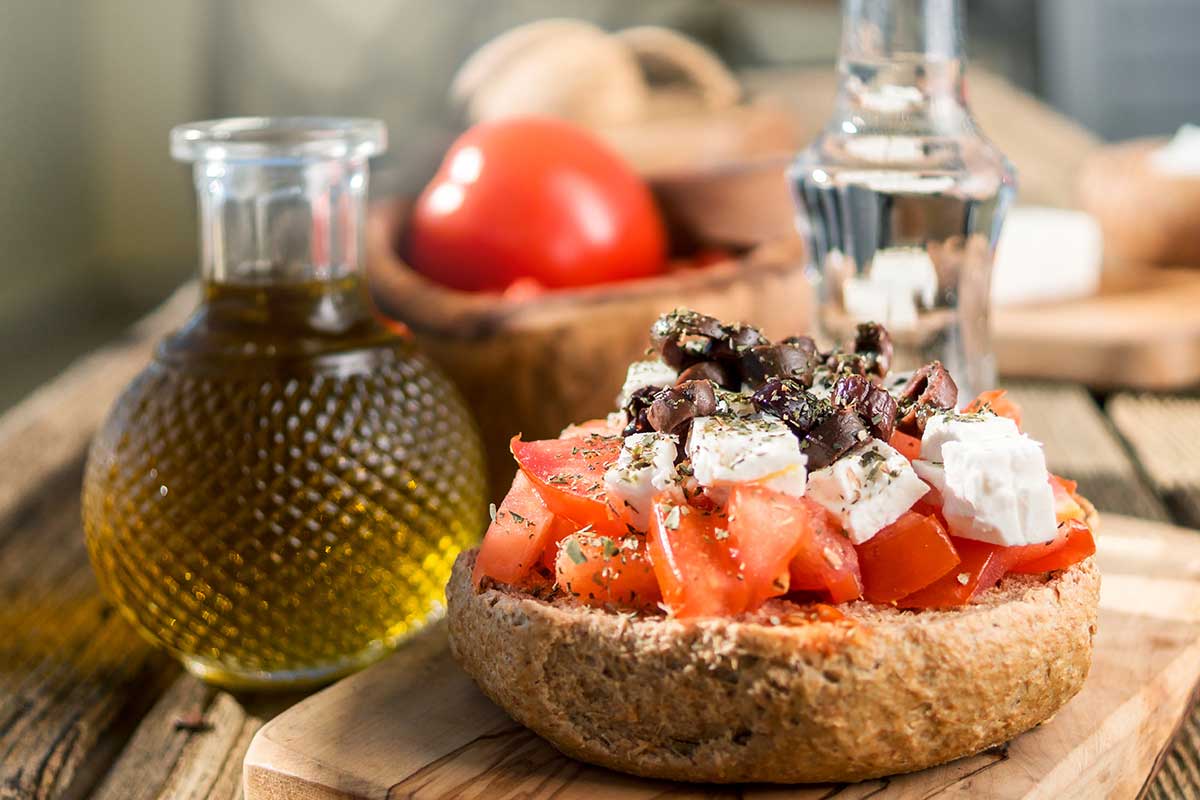Crete’s culinary tradition makes the island an ideal destination for enjoying organic, locally sourced ingredients used with great care on cherished family recipes that influence even modern dishes served in tavernas and restaurants. You should not leave Crete without trying some of its signature foods. Here are some of the most popular you will find in all restaurants and shops.
Cretan Cheeses
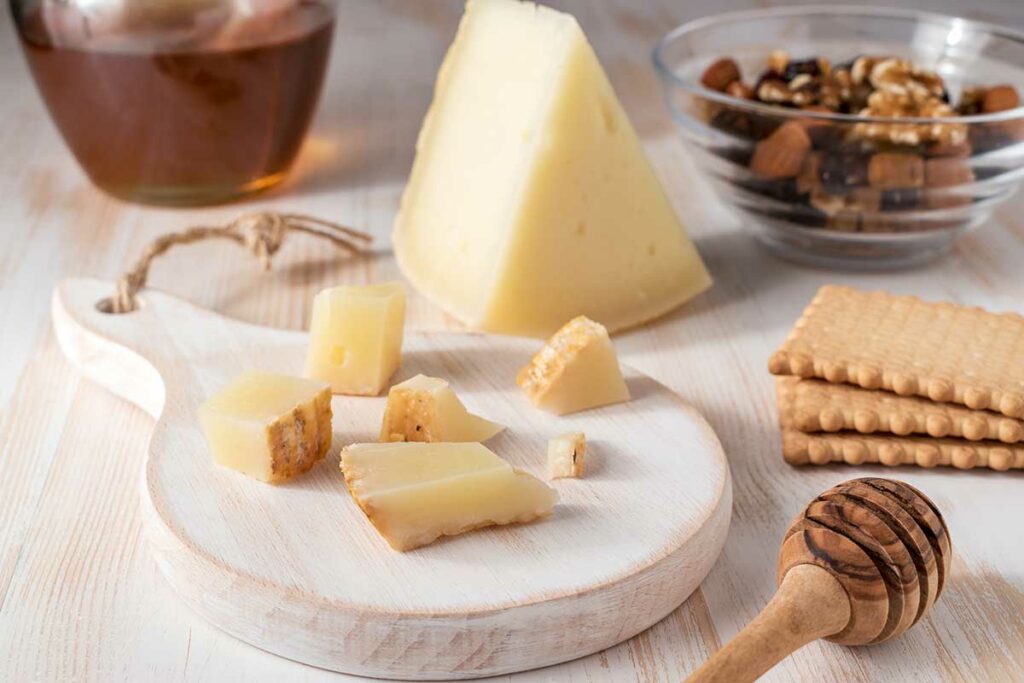
Cheeses are a staple in the Cretan diet, and every mountain village will have a specialty cheese or a local interpretation of popular cheeses available all over the island. Among the top cheeses you can find in shops, these are the ones you must try:
- Graviera Kritis is Crete’s most famous cheese, usually made of sheep’s milk and matured for up to six months. It pairs well with red wines and strong whites.
- Kefalotyri is another flagship cheese, hard and salty, made of goat and sheep’s milk.
- Mizithra is a creamy goat’s milk cheese with a distinctive taste. Matured Mizithra is hard and salty. Creamy Mizithra is often used in sweet cheese pastries.
- Anthotyros is made with milk and whey from sheep or goats. It is either creamy like Mizithra or matured. The taste is like ricotta cheese. It pairs excellently with honey and fruit.
- Xynomizithra is the sour variant of Mizithra. It is highly appreciated in Crete and has a European-protected designation of origin (PDO).
- Staka is a traditional cheese with a soft consistency, ideal as a spread or used in pies, pilaf, omelets, etc.
- Pichtogalo Chanion is the traditional cheese of the Chania regional unit of Crete. It is made with unpasteurized goat’s or sheep’s milk and is traditionally used in the bougatsa custard pies with phyllo.
Fried Snails (Chochlioi Boubouristi)
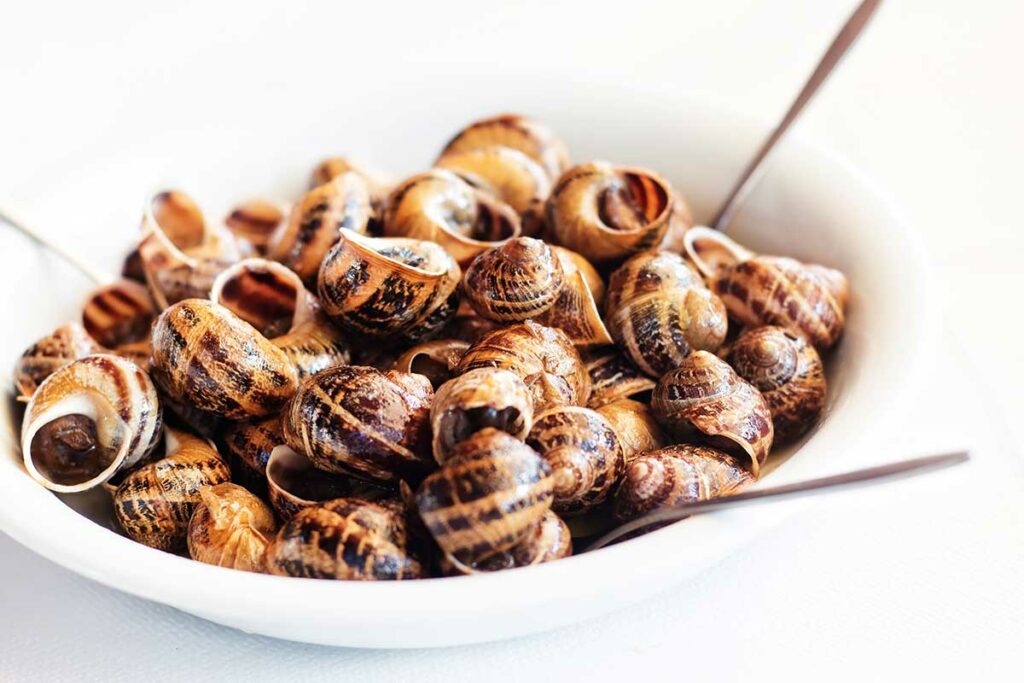
The snails are first soaked in water overnight, then boiled, and eventually fried in extra virgin olive oil for five-seven minutes over medium heat. Finally, they are doused with vinegar and topped with rosemary when removed from the pan. Serve hot.
Gamopilafo (Cretan Pilaf)
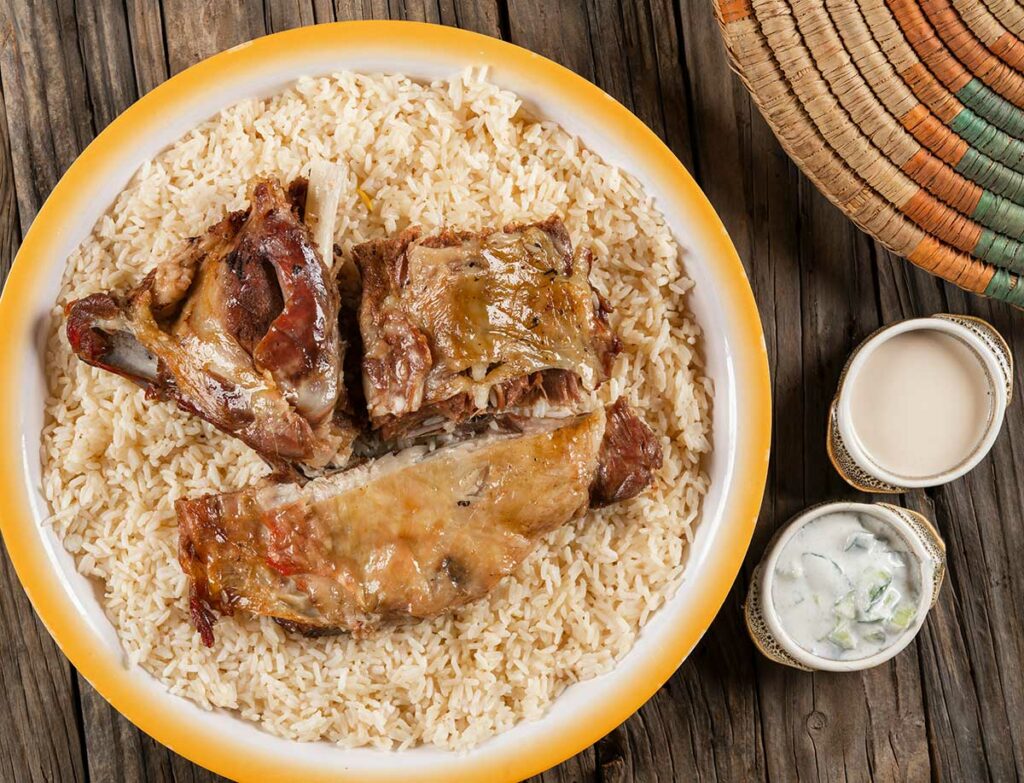
Gamopilafo is a dish usually served at traditional Cretan weddings; however now available in tavernas and restaurants. First, make a rich meat broth (goat, lamb, veal, chicken, or even pork), then strain it and cook the rice with lemon juice and butter. To serve, place the meat on top of the rice with a lemon wedge for diners who prefer the extra citrus flavor. You can find a gamopilafo recipe here.
Askordoulakous (Wild Bulbs)
You will find askordoulakous – also called βολβοί, βροβιοί volví, vrovií – in mountain villages. These tiny wild bulbs of Leopoldia comosa (tassel hyacinth) are usually harvested in winter and early spring. They are bitter-sweet and earthy, rich in iron and fiber. In stores, they are available preserved in olive oil and vinegar. You can also consume them raw or mixed in traditional Cretan recipes with meat. They are considered a Cretan delicacy and pair well with other traditional meze and Cretan raki.
Apaki
Apaki is a traditional Cretan cured pork loin specialty. The meat is marinated in vinegar, then smoked with wood and Cretan herbs, including oregano, marjoram, thyme, or sage. It is an ancient dish, probably dating from Byzantine times. You can enjoy it as is or in omelets, pasta, and other dishes.
Antikristo
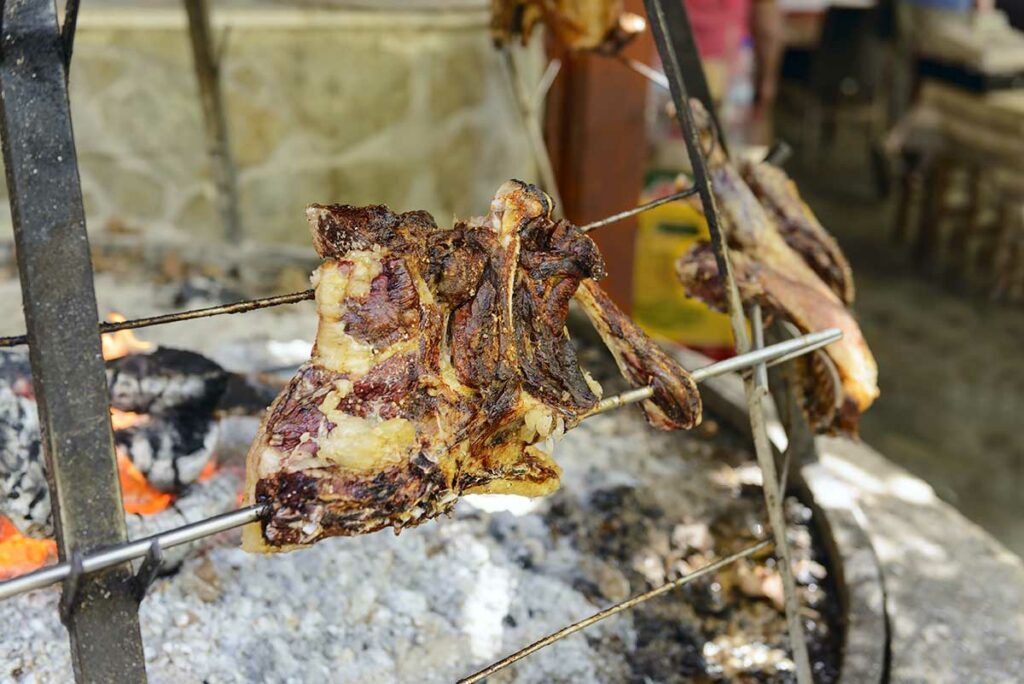
A traditional goat or lamb dish, antikristo is made over an open fire, typically on wooden skewers, although some tavernas use metal instead. Antikristo has roots in ancient Crete, and the cooking process can take up to six hours as the meat cooks slowly in its juices, absorbing the flavor from the wood used in the fire and salt.
Dakos
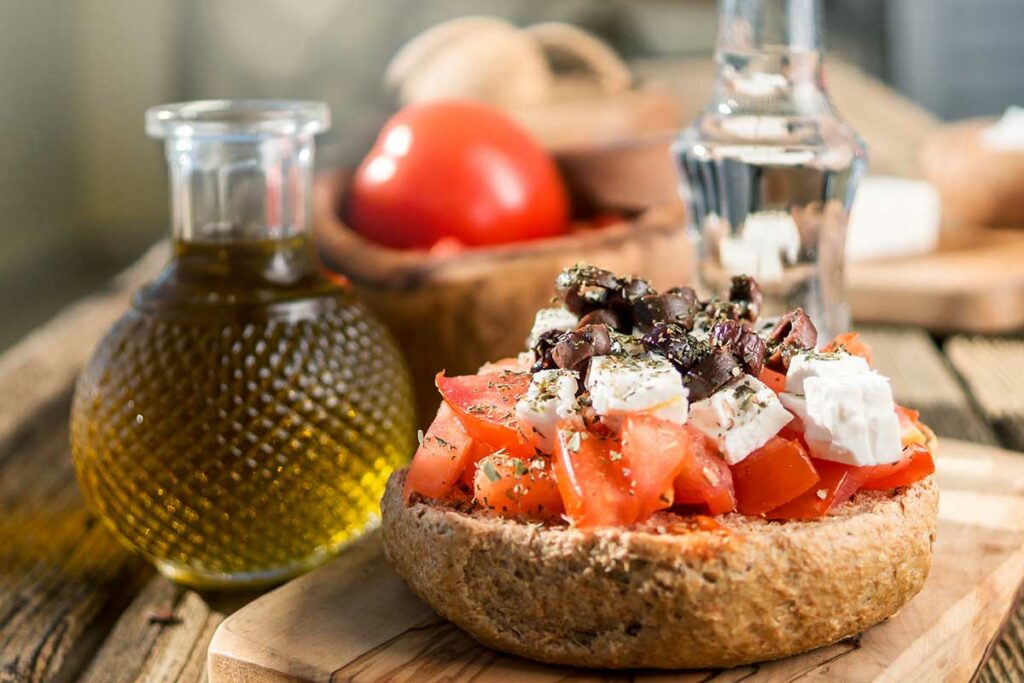
Cretan dakos are unpretentious meze made with Cretan rusks, drizzled generously with extra virgin olive oil, then topped with fresh tomatoes, Cretan white cheese (anthotyros or mizithra), olives, and Cretan herbs. Allow the juices of the topping to moisten the rusks before taking a bite: the bread is hard when you do not give it enough time to absorb the oil and tomato juice.
These are just some of the foods you will find in Crete. Enjoy the famous mezedes – fava, tzatziki, taramasalata, dolmadakia, gemista, etc. – and Cretan thyme honey. Also, try the tiny Cretan olives Koroneiki or Psilolia, which have more antioxidants than other olive varieties, especially 19 polyphenols.
